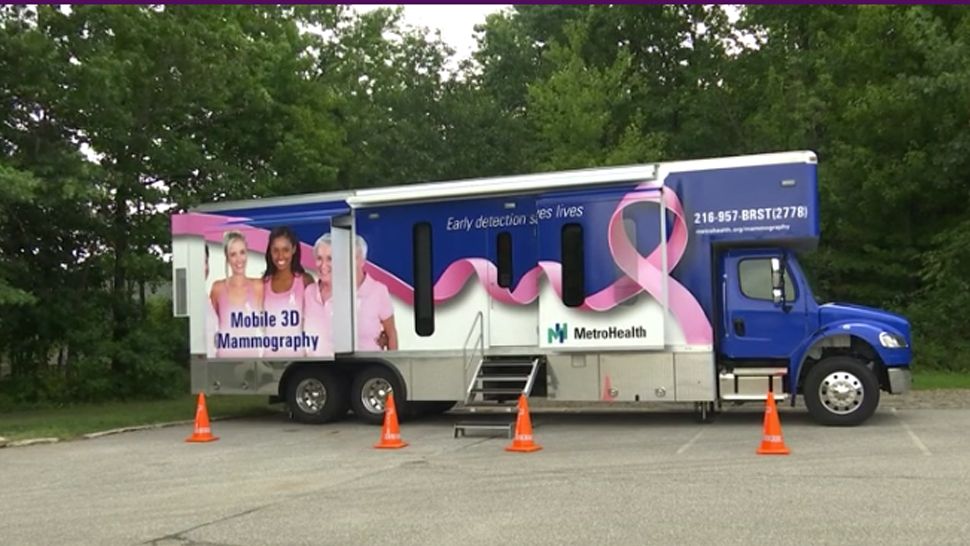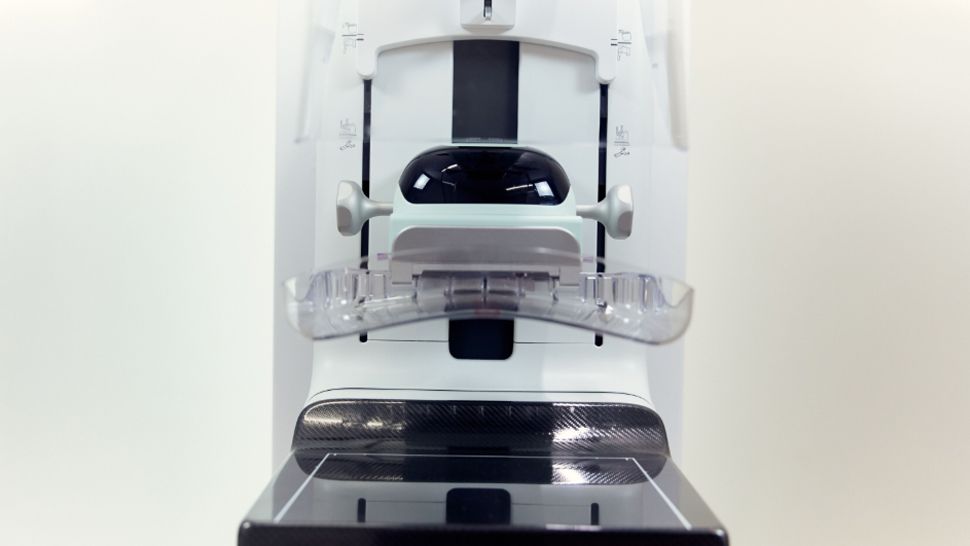CINCINNATI, Ohio — Inside the College of Engineering and Applied Science at the University of Cincinnati is a web.
- Doctor Andrew Steckl and his team are working with researchers at Johns Hopkins University to combine materials into one
- In recent years, they've made big gains in the industry with materials that could led to new contraception methods, or even new ways to treat brain tumors
- It's possible the new development could reduce the amount of chemotherapy a patient would need
But it has nothing to do with a spider.
Professor Andrew Steckl, PhD, has been working on coaxial electrospinning for the better part of a decade. Recently, the work has become more exciting.
“A lot of our recent work has been for medical applications, where we're looking to control the release profile of these drug molecules and furthermore, to combine multiple drug molecules into one material,” said Dr. Steckl, from his lab.
The work has centered around combining two materials into one.
“You can then combine materials whose properties don't normally exist in a single material in nature. So that's the big, big advance I think in this particular field,” said Steckl.
Steckl and his team have been working with medical researchers at Johns Hopkins University.
Steckl and his team are applying the engineering for the research.
Coaxial electrospinning is when two materials are combined at the tip of a spinneret, according to Steckl. The materials then drip, but when electricity is added, their stability is altered. To the naked eye it appears the materials are spraying, but they are actually spinning.
In Steckl's lab, the end result is a micrometer of new material on a foil-like plate.
Steckl says mass-producing combined materials is the difficulty in advancing items to the marketplace.
But recently, the research teams found a way to potentially treat brain tumors.
“You can have, for example, from the outer layer, a painkiller-type molecule that is released to give you an immediate boost – to make the pain go away. And then from the core, on a much slower basis, a second material that is basically of a therapeutic nature,” said Steckl.
The method would locally treat a tumor, as opposed to chemotherapy that shocks the entire body.
Steckl said animal trials have shown success, but it's still a ways from being approved for public (and human) use.
Steckl and a former UC College of Pharmacy professor created effective contraceptive devices using coaxial electrospinning. Steckl said the National Institutes of Health approved a five-year study of the device.
The possibilities of their work are endless.
“The best part about this job is the opportunity to learn and create something new.”









